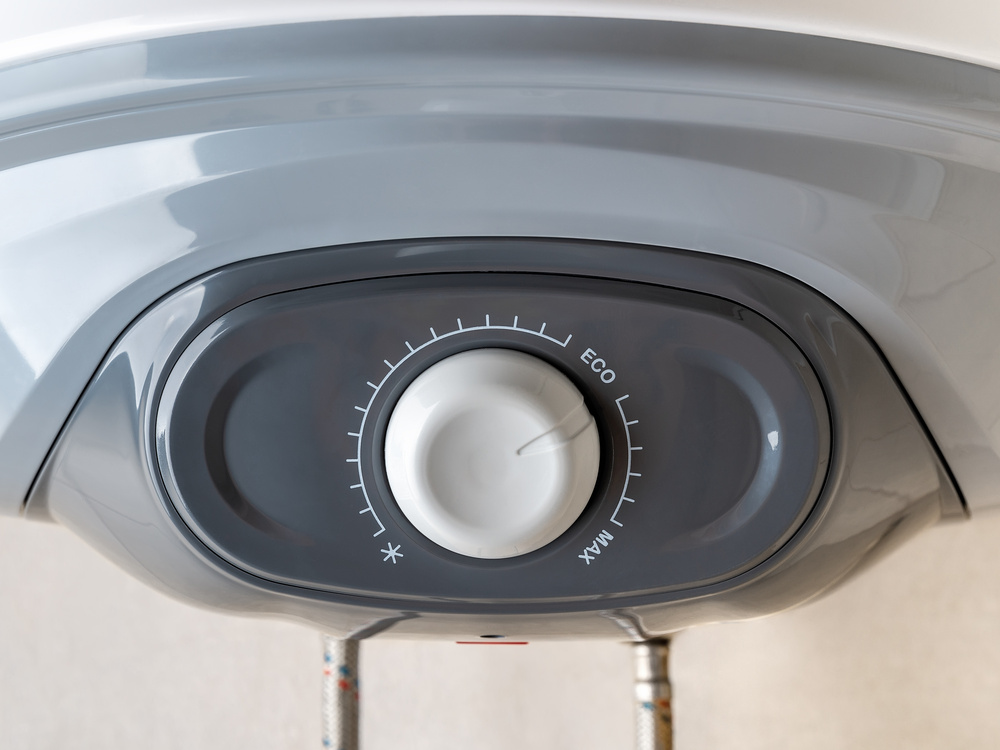Call or Text
801-438-4793
The Importance of Water Purification
November 17, 2014
Is your water actually clean and free of contaminants? You may hope the answer is yes, but what if it’s not? Here’s what you should know about the quality of your water and why it’s so important to purify the water that comes from your tap.
What’s in Your Water After Treatment?
Your city’s water department is required to report what’s in your water after treatment in an annual water quality report. You can check out Salt Lake City’s report here. It’s important to note that water districts are not required to remove all contaminants. They only have to reduce the amount of each contaminant to numbers that are below the EPA’s standards. Plus, many water treatment plants add chemicals, such as chlorine to purify your water. That means your water could still have trace amounts of:
- Arsenic
- Cyanide
- Fluoride
- Nitrates
- Lead
- Chloride
- Calcium
- Magnesium
- Potassium
- Sodium
How Do I Purify My Water?
There are two basic ways to get clean water: a water purifier or a water filter. Purifiers and filters are similar, but they often remove different things. A basic water filter sifts out any solid contaminants from your water. Generally, a filter only removes some contaminants, as anything that can fit through the filter stay in your water.
Water purifiers remove everything from your water, organic and inorganic materials. The two most common forms of water purification are reverse osmosis and distillation. Here’s a brief overview of these two purification methods.
Reverse Osmosis
A reverse osmosis system purifies your water by pushing your water through a semipermeable membrane that only allows your water and very small particles through. In fact, a good reverse osmosis water purifier can remove around 99% of contaminants depending on what’s in your water.
Distillation
Distilled water is water that is evaporated and recollected from water vapor back to liquid (or distilled). It’s not practical to distill water at home, however distilled water is great when you need to use water that’s balanced and free of minerals that might affect the taste or effectiveness of the water.
Which Purification Method Is Better?
If you’re looking for pure, great-tasting water straight from the tap, a reverse osmosis water purifier is the best option. An RO system is installed under the sink, so no worrying about an unsightly, clunky device, and it purifies the water that comes directly out of the tap.
Purified water from an RO system can be used for:
- Cooking
- Cleaning
- Pets and Plants
- Baby formula
- Steam irons
- And more!
What Are the Advantages of Purified Water?
There are a few other perks to getting a reverse osmosis system installed besides water that’s clean and free of contaminants. They include:
- Great tasting water straight from the tap
- Odorless water that’s chlorine-free
- No discoloration or water that looks “cloudy”
- Crystal clear ice-cubes
- No hard water stains on dishes cleaned with RO water
Want to Know What’s in Your Water?
If you’re wondering if a reverse osmosis water purifier would be beneficial in your home, give us a call for a free home water evaluation! We’re happy to answer any questions you have about your water and discuss the best options for you to get great tasting water straight from your tap.
Recent News

How to Prevent Mold in a Utah Home After Plumbing Repairs
September 11, 2025

A Utah Homeowners’ Guide to Smart Thermostats
September 10, 2025

My Water Heater’s ECO Switch Keeps Tripping – What Does It Mean?
August 21, 2025

Calling a Contractor for HVAC Services Shouldn’t Be a Nightmare
August 20, 2025

7 Hidden Fittings That Make Your Plumbing Work
July 21, 2025

Never Underestimate the Value of Your Furnace and AC Filter
June 25, 2025

